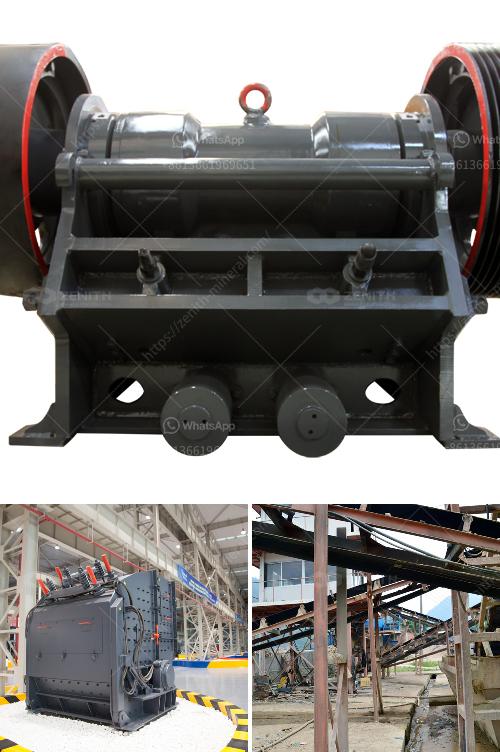Designing an explosion-proof valve for a coal mill involves several critical considerations to ensure safety and compliance with industrial standards. Here are key design aspects:
Materials: The valve should be constructed from materials capable of withstanding high temperatures and pressures. Common choices include stainless steel or other heat-resistant alloys.
Sealing Mechanism: To prevent leakage and ensure tight sealing under high-pressure conditions, use robust sealing mechanisms such as O-rings made from elastomers like Viton or Teflon.
Pressure Rating: The valve must be designed to operate safely under the maximum expected pressure from an explosion. It should incorporate pressure relief features to manage excess pressure.
Actuation System: Choose a reliable actuation system, which could be manual, pneumatic, or electric, that activates quickly to contain the explosion.
Mounting: The design should allow secure mounting to the coal mill. Flanges or threaded connections are typical options.
Temperature Resistance: Given the potential for high temperatures during an explosion, components should be rated for high-temperature operation.
Maintenance and Inspection: The valve should be designed for easy maintenance and inspection, with features like quick-release mechanisms or inspection ports.
Compliance: Ensure the valve design complies with relevant industry standards and regulations, such as ATEX or NFPA for explosion protection.
Testing and Certification: Finally, the valve should undergo rigorous testing under real-world conditions to certify its performance and reliability.
By incorporating these design elements, you can create a robust explosion-proof valve that enhances the safety of coal mill operations.

